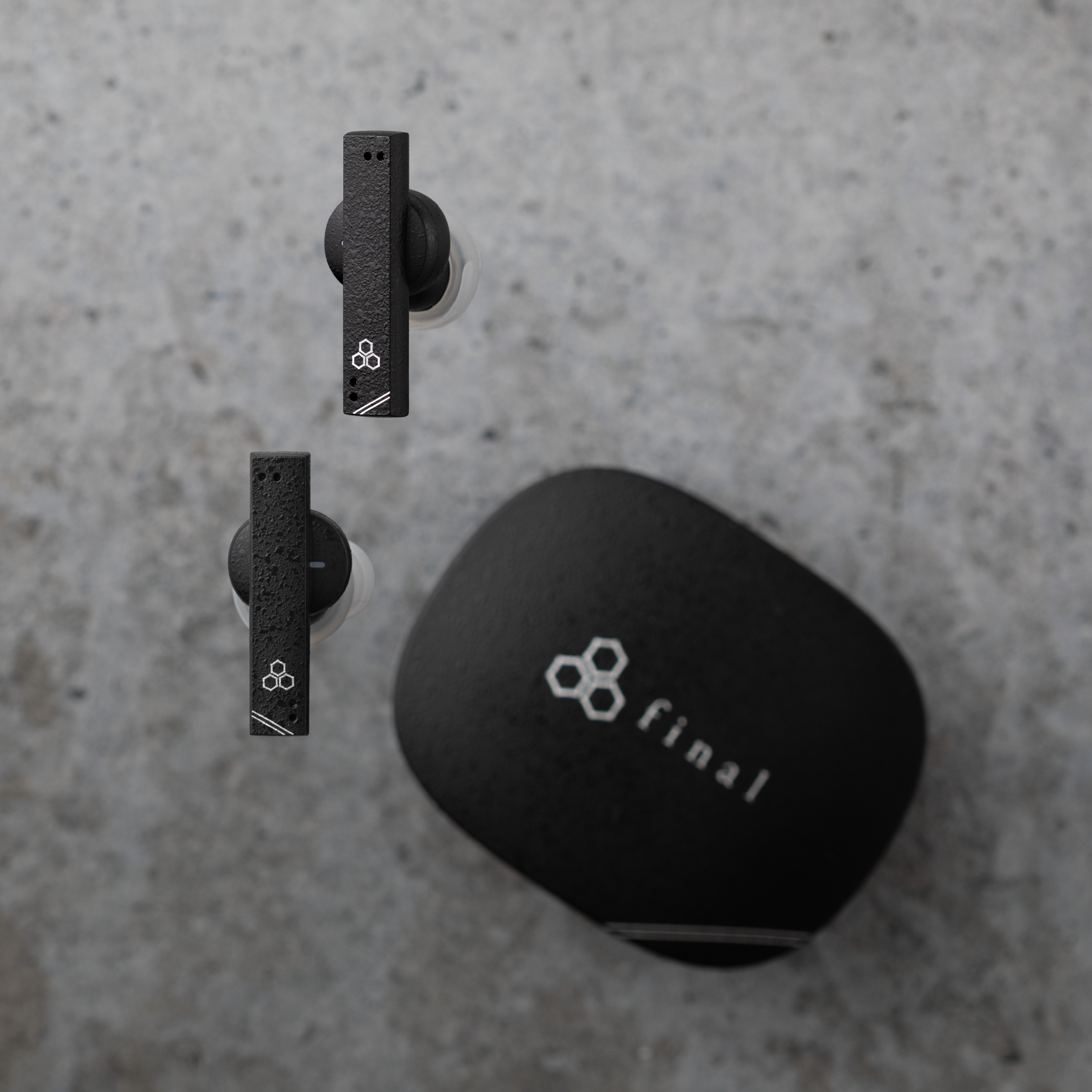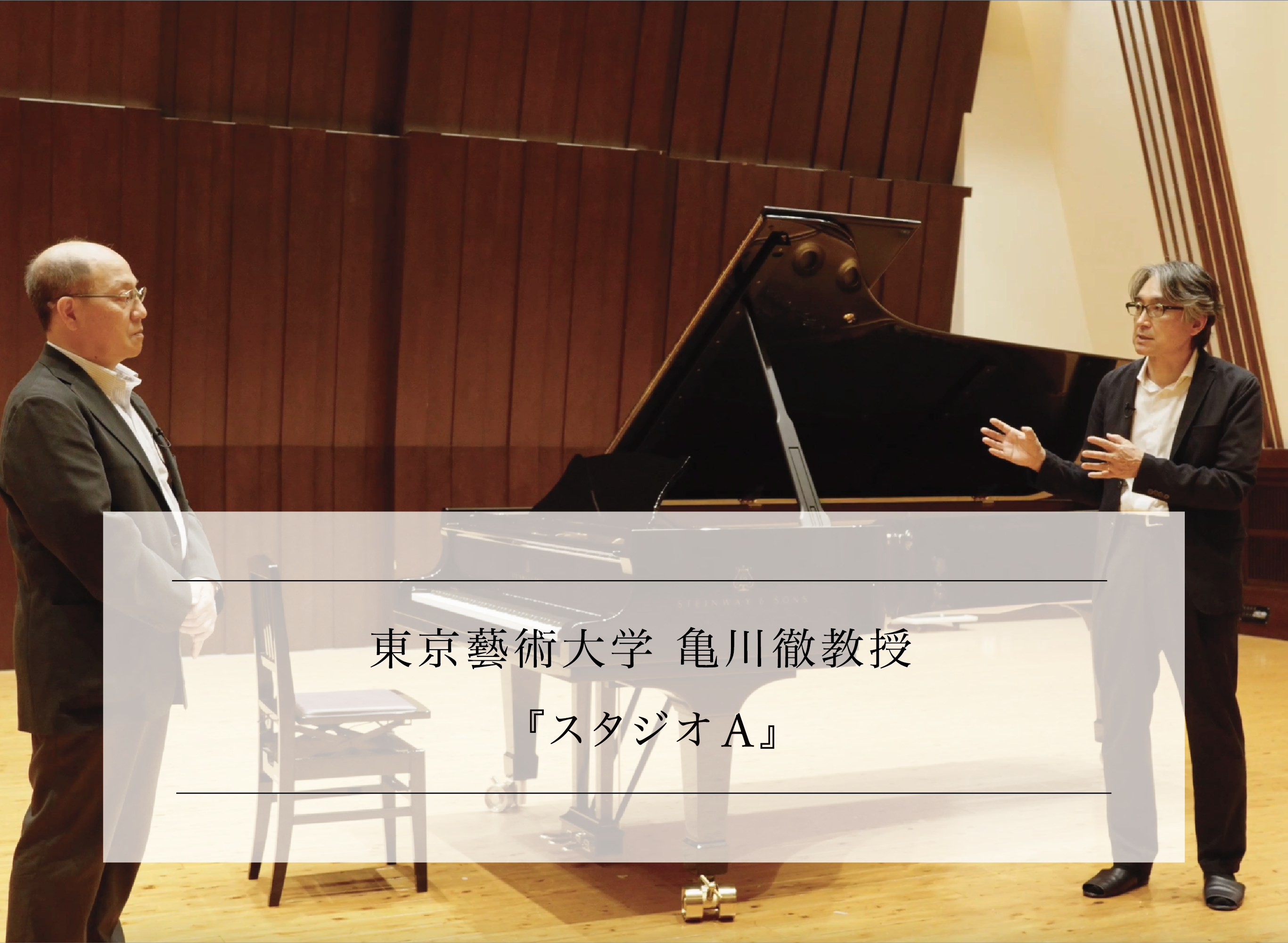In the introduction of acoustic books and literature, we will introduce books that our R & D representators are always referring to and papers that are attracting attention.
The links to the books and literature introduced are also posted, so please use it if you are interested.
The links to the books and literature introduced are also posted, so please use it if you are interested.
Akio Ando book
"Basic acoustic learning"
Japan Society of Society
Acoustic Acoustic Course 1
Corona
2019.3.28 First Edition Published
ISBN978-4-339-01361-0
https://www.coronasha.co.jp/np/isbn/9784339013610/
Keywords: Acoustic, acoustic physics, hearing, digital signal processing
"Basic acoustic learning"
Japan Society of Society
Acoustic Acoustic Course 1
Corona
2019.3.28 First Edition Published
ISBN978-4-339-01361-0
https://www.coronasha.co.jp/np/isbn/9784339013610/
Keywords: Acoustic, acoustic physics, hearing, digital signal processing
"I want to learn acoustic learning in earnest, but I don't know what to do."
What I would recommend to you is this "Basic Acoustic Study".
Actually, I once had such thoughts. At that time, I met this book. I studied mechanical engineering at university, but I started studying acoustic studies after joining FINAL as a new graduate. At the beginning of learning, I was confused by the terms of hearing psychology, such as "Loudness" and "Masking". This book was introduced at that time. This book covers the basics of acoustic studies, and is not only familiar to people from the Faculty of Engineering, such as wavy equations and digital signals, but also specific to hearing unique sound. It is the best book for a person with an engineering background like me to learn a new acoustic studies.
From here on, I will introduce the contents of this book. This book consists of the following chapter 5.
Chapter 1 describes the outline of the history of acoustic studies. With the development of physics, physiology, and computer, you can see what kind of development of acoustics has developed.
Chapter 2 describes the sound from the viewpoint of physics, the wavy equation, which is a physical expression of sound. You can learn how to derive the wave equation and the flat and spherical waves derived from the wave equation. It also describes the vibration of strings and membranes, which is useful for understanding the equation of the vibration.
Chapter 3 explains how the sound from physiology and psychology, that is, how the sounds that have come to the ears are treated and felt. This content was previously introduced by FINAL LABAcoustic Academic Courseor"Kengo Ogushi: Sound Hearing Psychology"I am deeply involved.
Chapter 4 describes digital signal processing. In modern times when computers have developed, many of the sound signals are used in digital. It introduces the necessary methods to analyze and filter the digital sound signal. The technology that develops the signal processing theory described here has been applied to various products, and ""Francis Rumsey Audio Processing - Learning from Experience"or"Francis Rumsey: Headphone Technology - Hear -Through, Bone Conferaction, and NOISE CANCELING"Is one of them.
Chapter 5 describes the mathematics required to understand Chapter 2 to Chapter 4, and can be referenced as needed. In addition to the university -level linear algebra and differential equation, the theory of sound fields using balls and balls is explained.
Each chapter has a certain independent configuration, so it is possible to read from the fields of interest. You can also learn more by following the references of each chapter.
Why don't you step into the world of acoustics with this book?
η





